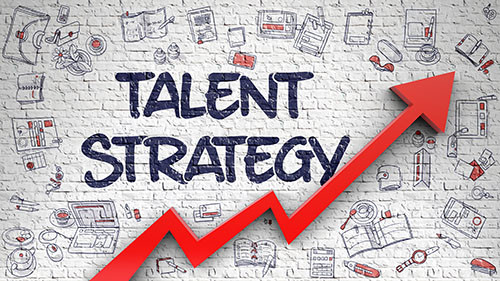
Increase Retention and Attraction with an Exceptional Employee Experience
July 17, 2024
In today’s competitive job market, creating an exceptional employee experience is crucial for attracting and retaining top talent. A recent webinar hosted by Sue Justice, SHRM-SCP, of Emery HR, outlined the key components and strategies for enhancing the employee experience, focusing on the entire employee life cycle from attraction to separation.
Introduction
The concept of an exceptional employee experience encompasses how an employee feels during every interaction with their employer, from the initial encounter to post-employment relationships. Understanding and improving this experience can lead to increased employee engagement, better retention rates, and a stronger organizational culture.
What is an Exceptional Employee Experience?
An exceptional employee experience is defined by how employees feel during every touchpoint with their employer throughout their professional relationship. This includes the very first encounter, such as a job listing, and continues through all interactions, even after the employee has left the company. This ongoing relationship is known as the employee life cycle.
Importance of an Exceptional Employee Experience
Money is no longer the primary motivator for employees. An exceptional employee experience can create a competitive advantage by attracting, engaging, and developing high-performing employees. It also plays a critical role in defining and reinforcing company culture.
The Employee Life Cycle
The employee life cycle consists of several stages, each requiring specific strategies to enhance the employee experience:
- Attraction: Building a strong employer brand to attract top talent by showcasing company values, goals, and purpose.
- Recruiting & Talent Acquisition: Ensuring a seamless and positive candidate experience through streamlined processes, clear job responsibilities, and inclusive hiring practices.
- Orientation & Onboarding: Welcoming new employees and integrating them effectively into the company through structured plans, mentorship, and continuous feedback.
- Engagement & Retention: Maintaining high levels of employee engagement through open communication, team-building activities, and recognition programs.
- Performance Management: Setting clear expectations, conducting regular reviews, and linking performance evaluations to career growth opportunities.
- Learning & Growth: Offering training programs, mentorship, and career advancement opportunities to support employee development.
- Wellness & Work-Life Integration: Promoting a healthy work-life balance through flexible work arrangements and wellness programs.
- Separation/Offboarding: Ensuring a positive exit experience with feedback mechanisms and maintaining relationships with former employees through alumni networks.
Technology and Metrics
Technology: Utilizing technology and AI can make HR processes more efficient, such as recruiting, onboarding, performance reviews, and learning & development. However, it’s essential to use these tools to complement human interaction rather than replace it.
Metrics: Measuring the success of employee experience initiatives is vital. Key metrics include employee performance, safety incidents, turnover rates, and feedback from various employee surveys (e.g., engagement surveys, exit interviews). Regular assessment helps in evaluating the impact of these initiatives and making necessary adjustments.
Conclusion
Creating an exceptional employee experience is an ongoing process that requires commitment and strategic planning. By focusing on each stage of the employee life cycle and leveraging technology and metrics, organizations can significantly improve their ability to attract, retain, and develop top talent.
This article is a summary of the webinar presented by Sue Justice, SHRM-SCP.